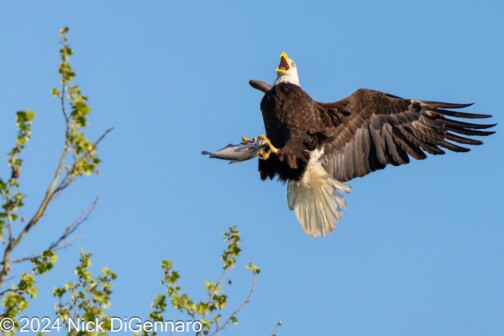It’s not every day you get to put up two posts about snakes. The concept behind Susan Robb‘s sculpture and what it’s doing in town are explained after the jump. (And, for the record, she calls them toobs.)
In short, Robb is a Seattle-based artist. Her installation is called Warmth, Giant Black Toobs. They are 13 solar- and wind-powered 50-foot-tall plastic bags, here to celebrate the CADD Art Fair, which includes the opening reception tonight, starting at 7. Wanna know more about the toobs? Here’s Robb’s statement on them:
More than a billion tons of trash is dumped into the ocean every year. According to an article in Best Life Magazine, oceanographers have found a swirling miasma of consumer plastics–plastic bags, plastic bottles, plastic toys–the size of Texas in the pacific ocean. Plankton, fish, birds, and marine mammals all ingest these plastics (and the chemicals they contain and leach), which in turn we ingest. Scientists are just beginning to research the long-term ways in which the chemicals used to make plastic interact with biochemistry, uncovering how plastics not only effect planetary health but are also linked to cancer, diabetes, and endocrine malfunctions. Like Andy Warhol said, we are indeed (and literally) all becoming plastic.
In WARMTH, GIANT BLACK TOOBS, Robb uses solar power and ambient breezes to give life to the ever-present black plastic garbage bag. Polypropylene garbage bags, 50 feet tall by 30 inches in diameter, are inflated with air by allowing the wind to fill them or by running with them. One end is staked to the ground; the other end is free. The sun does the rest. Employing a similar principle to that of hot air balloons, the sun heats the air inside the Toobs, and since hot air is less dense then cold air, the Toobs become buoyant.
Solar-produced buoyancy, breezes, and internal convection work to transform this symbol of the (American) cycle of consumption and waste into seemingly sentient creatures, live plastic hybrids whose choreography brings to mind the very sea creatures our epoch’s mass of waste affects.






